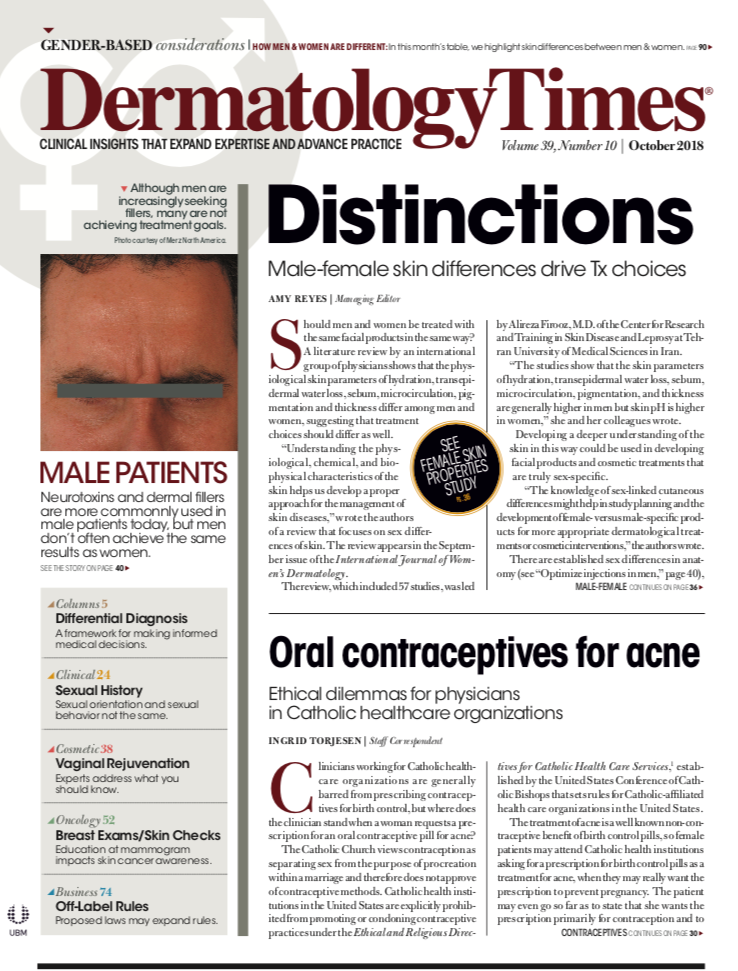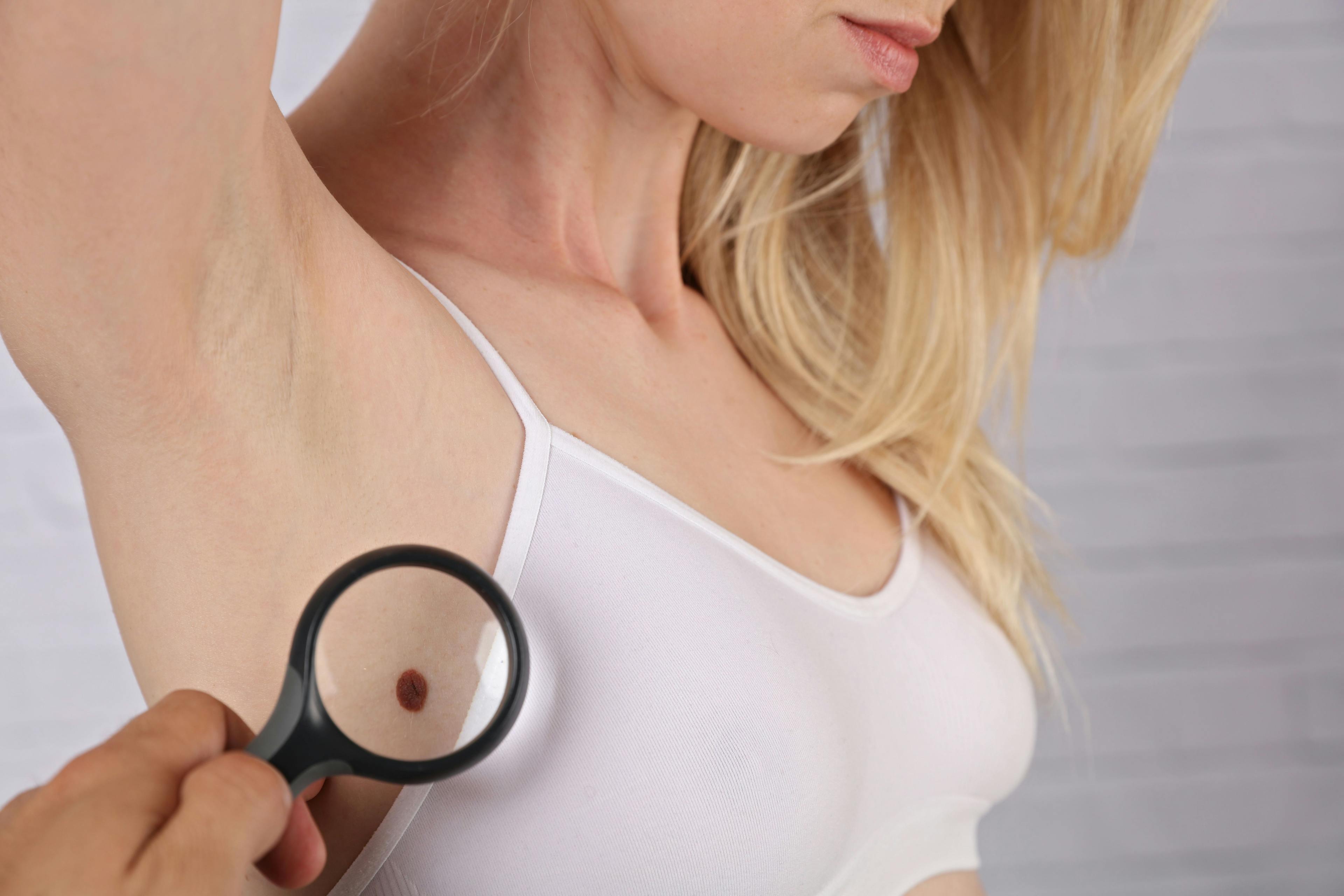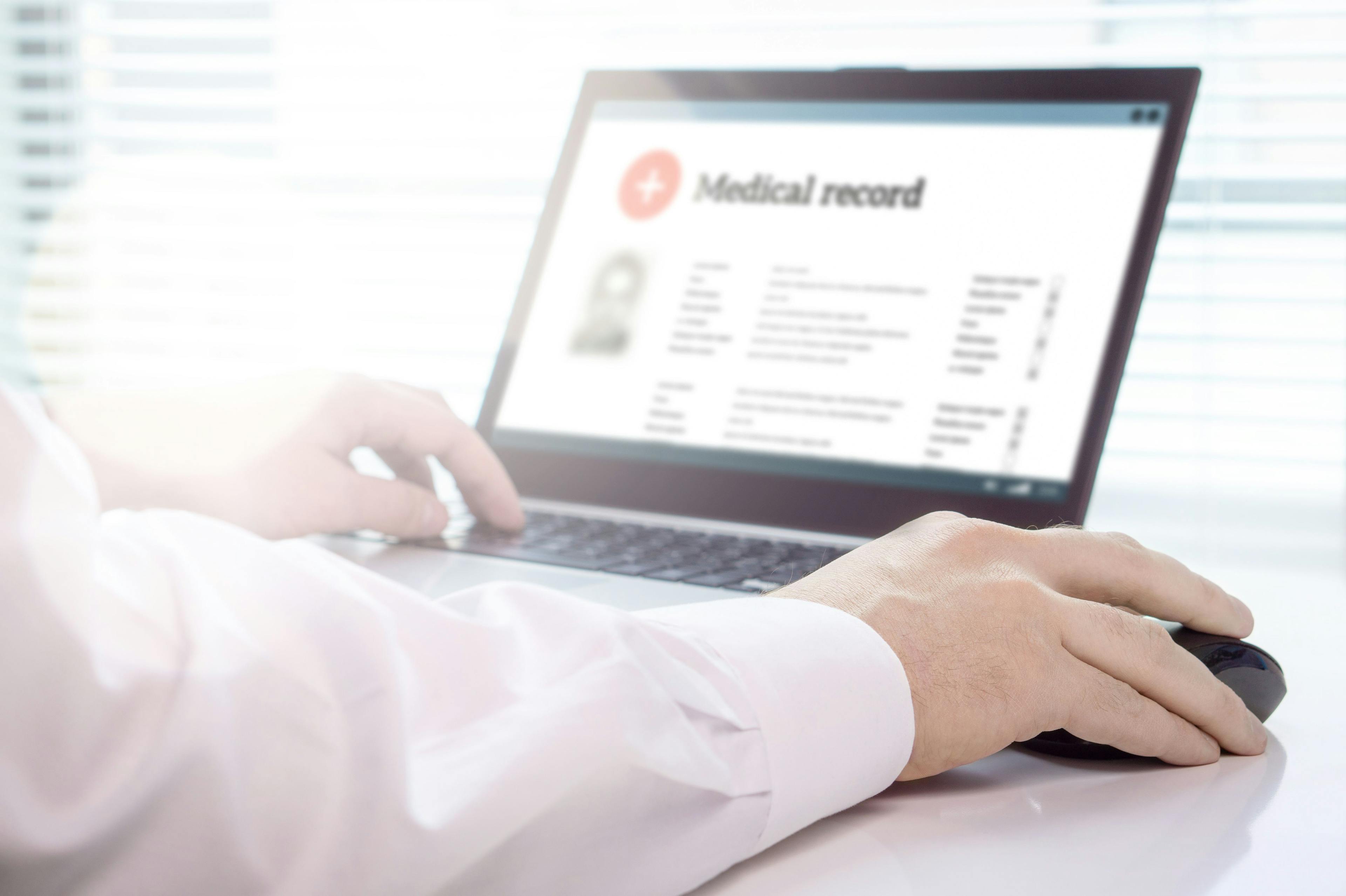- Acne
- Actinic Keratosis
- Aesthetics
- Alopecia
- Atopic Dermatitis
- Buy-and-Bill
- COVID-19
- Case-Based Roundtable
- Chronic Hand Eczema
- Drug Watch
- Eczema
- General Dermatology
- Hidradenitis Suppurativa
- Melasma
- NP and PA
- Pediatric Dermatology
- Pigmentary Disorders
- Practice Management
- Precision Medicine and Biologics
- Prurigo Nodularis
- Psoriasis
- Psoriatic Arthritis
- Rare Disease
- Rosacea
- Skin Cancer
- Vitiligo
- Wound Care
Publication
Article
Dermatology Times
Education at mammogram impacts skin cancer awareness
Author(s):
Patients that schedule regular mammograms could easily be encouraged to screen for melanoma via self-skin examination when given instructions at their breast cancer screenings, according to a recent study. This type of intervention program could be an effective strategy to increase skin cancer awareness.
Patients that schedule regular mammograms could be easily encouraged to screen for melanoma via self-skin examination when given instructions at their breast cancer screenings, according to a recent study. This type of intervention program could be an effective strategy to increase skin cancer awareness. (glisic_albina - stock.adobe.com)

June Robinson, M.D.

A recent study shows that a significant number of patients scheduled for a regular screening for breast cancer showed interest and could easily be encouraged to further screen for melanoma via self-skin examination (SSE) when given the opportunity and instructions to do so in an outpatient mammography environment.
The introduction of such an intervention program could be an effective strategy to increase skin cancer awareness in a large proportion of at-risk women and presents a golden opportunity for the early detection of melanoma in those patients already invested in preventive health.
“The ongoing outreach effort with women having mammograms is intended to increase awareness of their risk of developing a melanoma. Self-skin examinations among this group of women is a natural add-on to their existing health promotion manifested by their having regular mammograms. The program encourages SSE as a means to become aware of concerning moles and provides information as to when to seek an appointment with a dermatologist,” said June Robinson, M.D., department of dermatology, Northwestern University Feinberg School of Medicine, Chicago.
PILOT STUDY
Dr. Robinson and fellow colleagues recently conducted a pilot and feasibility study designed to promote the early detection of melanoma among women who underwent a mammogram at the Lynn Sage Breast Center at the Northwestern Medicine/Prentice Women’s Hospital in Chicago. The first of the three-phase study consisted of the development of the materials such as an informational poster and brochure that included a list of risk factors that would enable the patient to assess whether she had an increased risk to develop a melanoma, the “ABCDE” rules with instructions on how to reach decisions on seeking further medical care for a suspicious lesion, as well as exemplary images of benign moles and melanoma.
The second phase consisted of the delivery of the educational SSE program with each of the changing rooms in the mammography center equipped with an informative poster, 10 brochures, a large mirror, a magnifying glass, and a ruler.
The third phase of the study encompassed the researchers’ assessment of the program effectiveness. Patients were also asked a small set of questions in a structured interview regarding their impressions of the SSE information and materials provided and their opinions of the intervention program on a whole. Responses were recorded and made available for further evaluation and analysis at the end of the study.
FINDINGS
Of the 650 patients who had scheduled a mammogram appointment during the study time period, 560 (86.2%) agreed to participate in the study. Among these women, 68% noticed the SSE information in the changing rooms, 78% thought the information provided applied to them, and 68% identified with at least one of the risk factors for melanoma. Data showed that 20% of patients performed the SSE in the changing room, 13% noticed a concerning mole, and 60% of women who noticed a concerning lesion voiced their intention to see a dermatologist for further evaluation.
“The vast majority of people do not know they are at-risk to develop melanoma nor do they understand the potential benefit of SSE to assist with life-saving early detection of melanoma. As performing a full body SSE can be challenging, the person performing the SSE needs a skin check partner to observe those areas they cannot see alone such as the top the head, behind the ears, the back, as well as the soles of feet,” Dr. Robinson said.
Performing SSE well requires time and patience, and those individuals willing to perform SSE require skills training and practice to be confident of their lesion evaluation accuracy. According to Dr. Robinson, melanoma patients and their skin-check partners can achieve such confidence in about 8-12 months and appropriately make appointments for concerning moles. Clearly, a multidisciplinary approach is requisite for the optimal efficacy of such an interventional program. Those implementing a program would need to work closely with dermatologists to optimize care for those patients with suspicious lesions.
During a patient appointment with an at-risk patient, Dr. Robinson said that engaging the accompanying spouse or family member in assisting with SSE will be seen by the pair as an expression of the doctor’s concern for the patient’s well-being. It is best to limit SSE recommendations to those at-risk for developing melanoma, i.e. patients with a personal or family history of melanoma, people with a history of sunburn, and/or people with a history of 10 or more indoor tanning sessions.
“Building relationships with patients and their families by health promotion activities can be an important part of the care and can be performed by staff. The dermatologist needs to monitor staff performance and reward those staff members who do it well,” she said.
REFERENCE
1. Rzepecki AK, Jain N, Ali Y, Chavez L, Choi J, Schlosser B, Liko-Hazizi E, Friedewald SM, Robinson JK. Promoting early detection of melanoma during the mammography experience. Int J Womens Dermatol. 2017 Jul 5;3(4):195-200. doi: 10.1016/j.ijwd.2017.06.002. eCollection 2017 Dec.

























